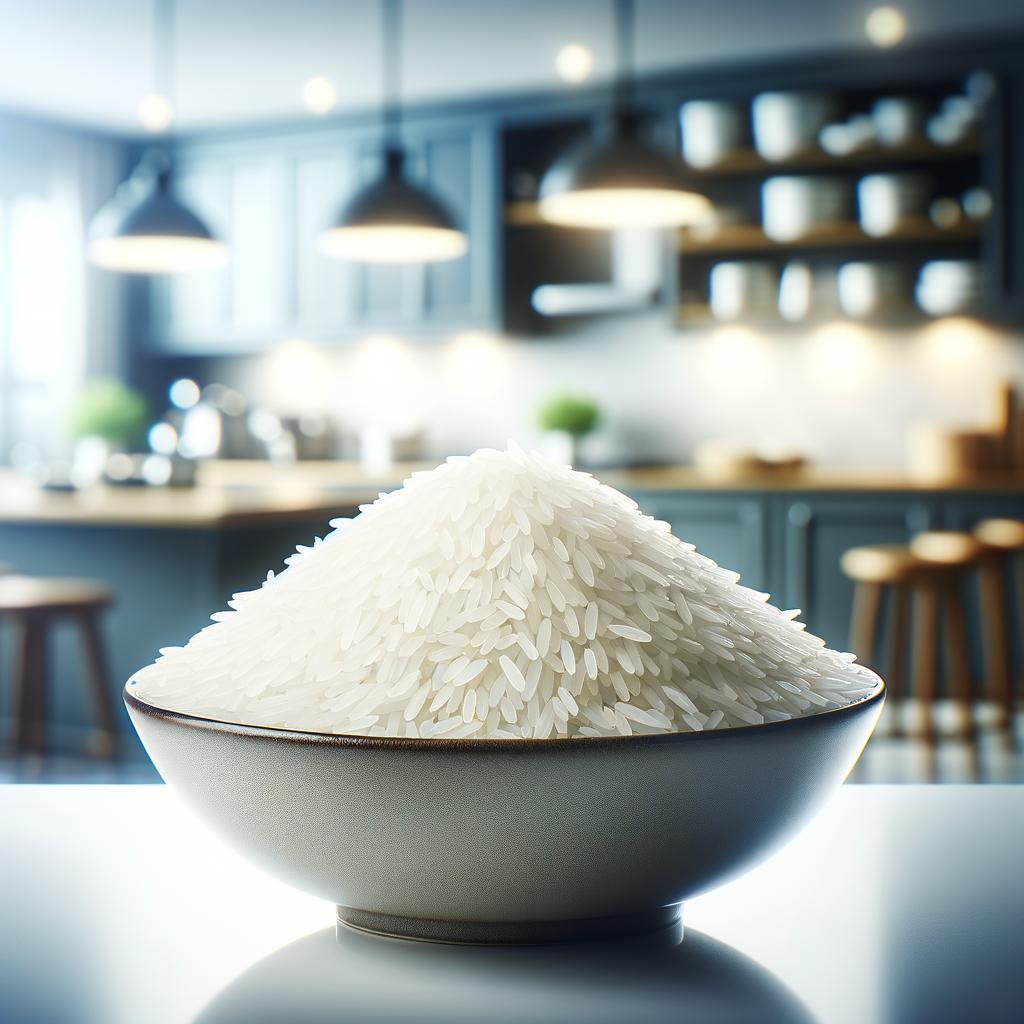White Rice

Description
White rice, a staple in many cultures, is a humble yet versatile grain. Its appearance is small, long, and oval-shaped, possessing a pearly white complexion that shines when cooked. The texture of cooked white rice is soft, fluffy, and slightly sticky, depending on the variety. Its flavor is mild and delicate, making it a perfect canvas for a host of dishes. What sets white rice apart from its brown or wild counterparts is the removal of its husk, bran, and germ during processing, leaving only the starchy endosperm.
Primary Uses
White rice is a culinary chameleon, effortlessly adapting to any dish it is incorporated into. It's a key component in a myriad of dishes, from the fragrant pilafs of the Middle East, the sushi of Japan, the risottos of Italy, to the jambalaya of southern America. Its mild flavor and absorbing qualities make it a perfect side dish to curry or stir-fry. White rice also finds its place in desserts, such as rice pudding, or beverages like sake. In many cultures, it's not just food but also a symbol of prosperity and life, used in various ceremonies and rituals.
History
The history of white rice is as rich as the cultures that consume it. Believed to be first cultivated in China over 9,000 years ago, it has since traveled the globe, becoming a staple in countless cuisines. In ancient times, it was considered a luxury, reserved for the elite. Over time, its cultivation spread, and it became accessible to all, becoming a symbol of sustenance and survival. There are numerous folklores associated with rice; in Japan, it's believed that the god of rice watches over the fields, and in India, rice is associated with the goddess of wealth, Lakshmi.
Nutritional Information
Nutritionally, white rice is primarily a source of carbohydrates, providing quick energy. It's low in fat and a source of protein. However, the milling process removes many of the nutrients, making it less nutritious compared to brown rice. It is often enriched with vitamins like B1, B3, and iron to compensate for the lost nutrients during processing. It's also gluten-free, making it a suitable option for those with gluten intolerance. Nonetheless, it's best consumed in moderation due to its high glycemic index, which can impact blood sugar levels.

